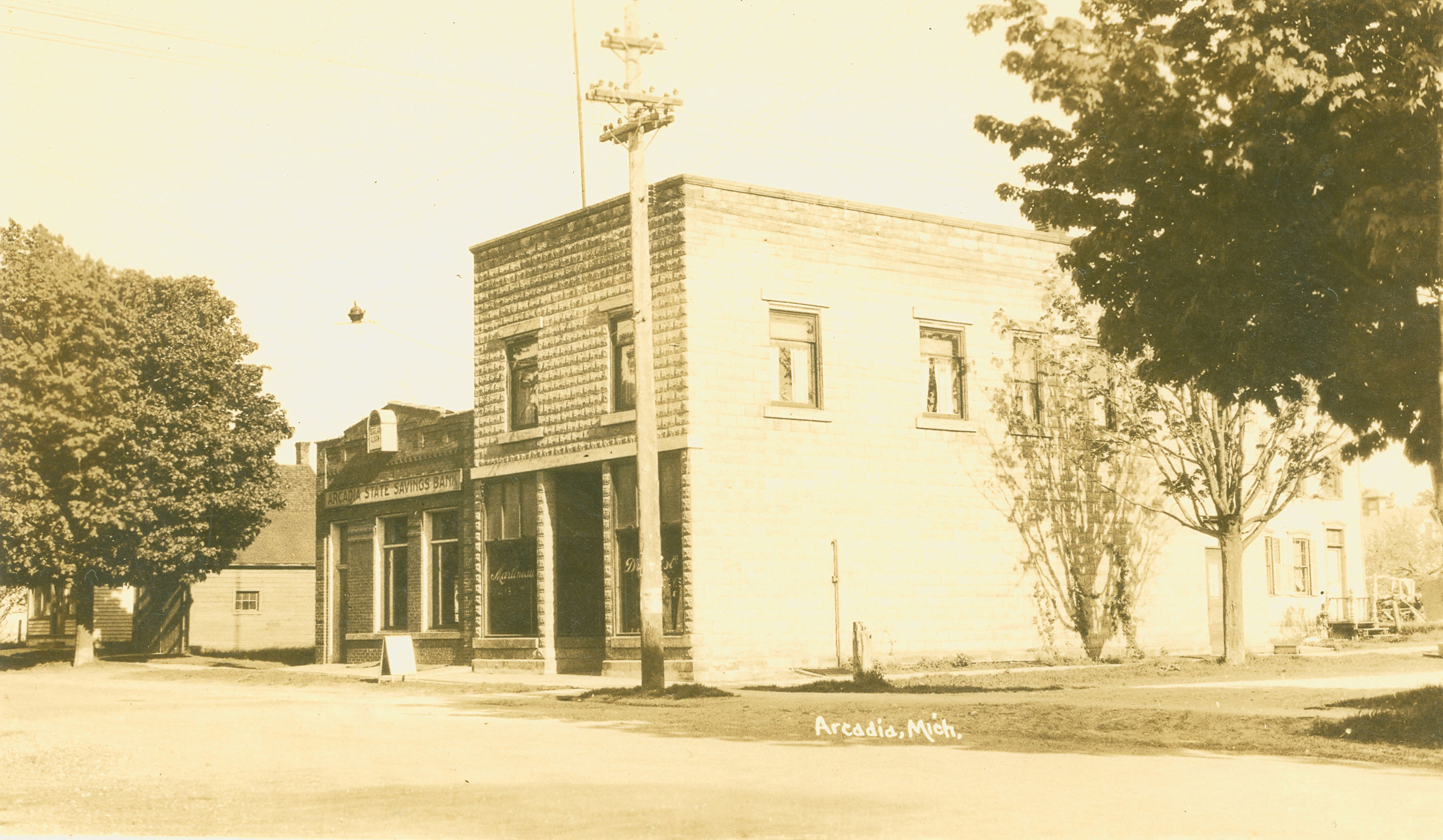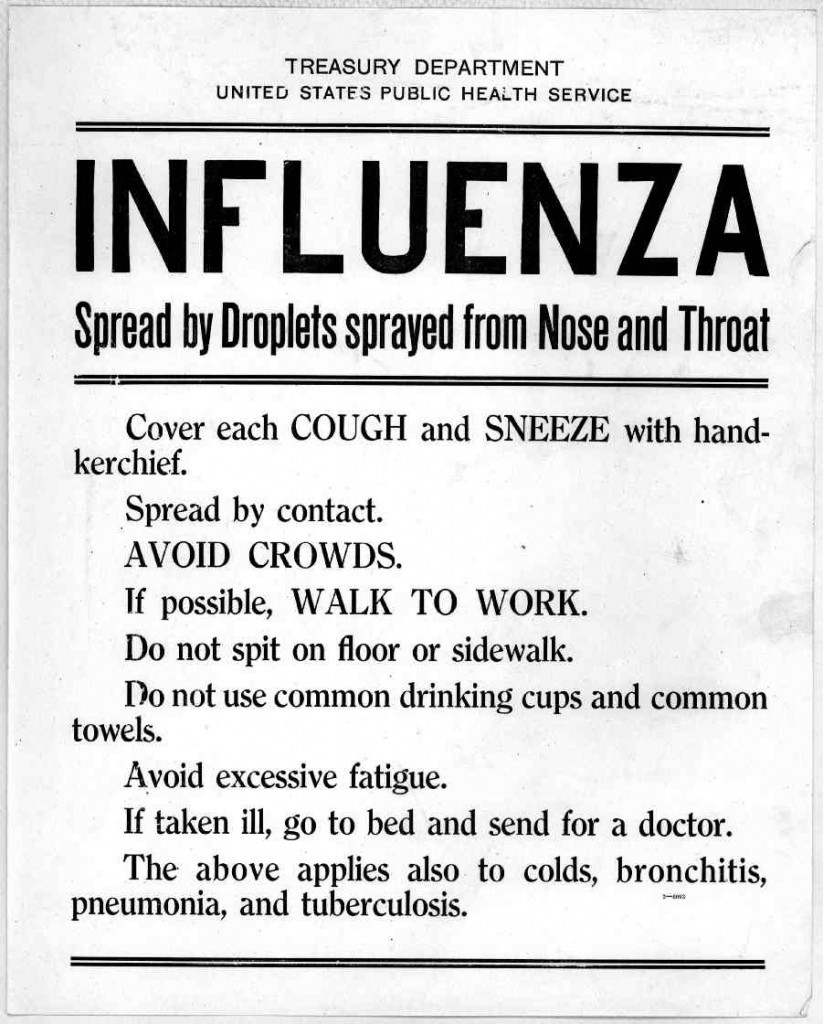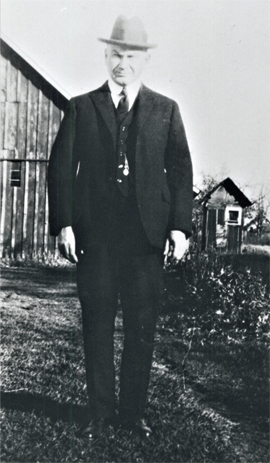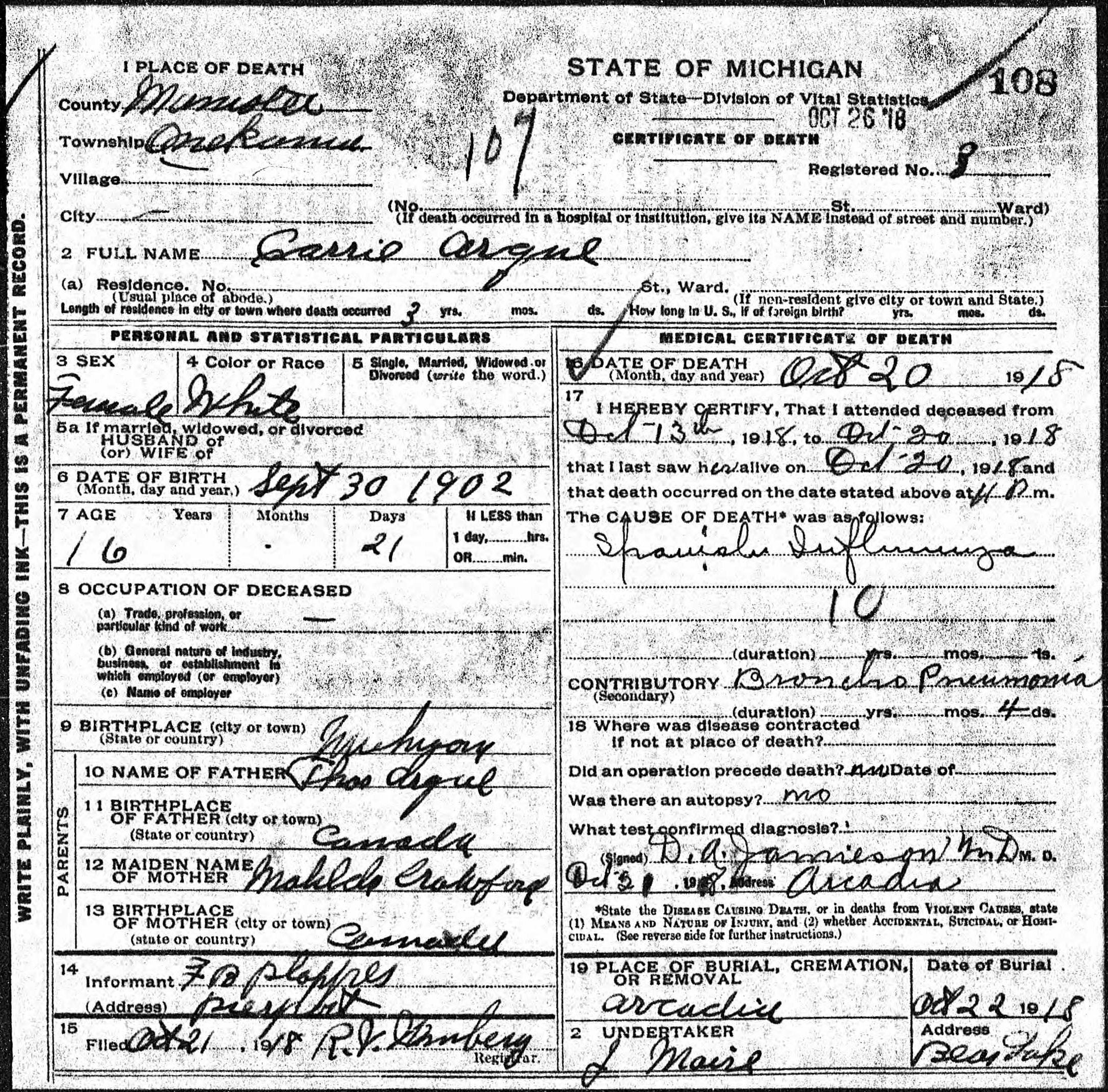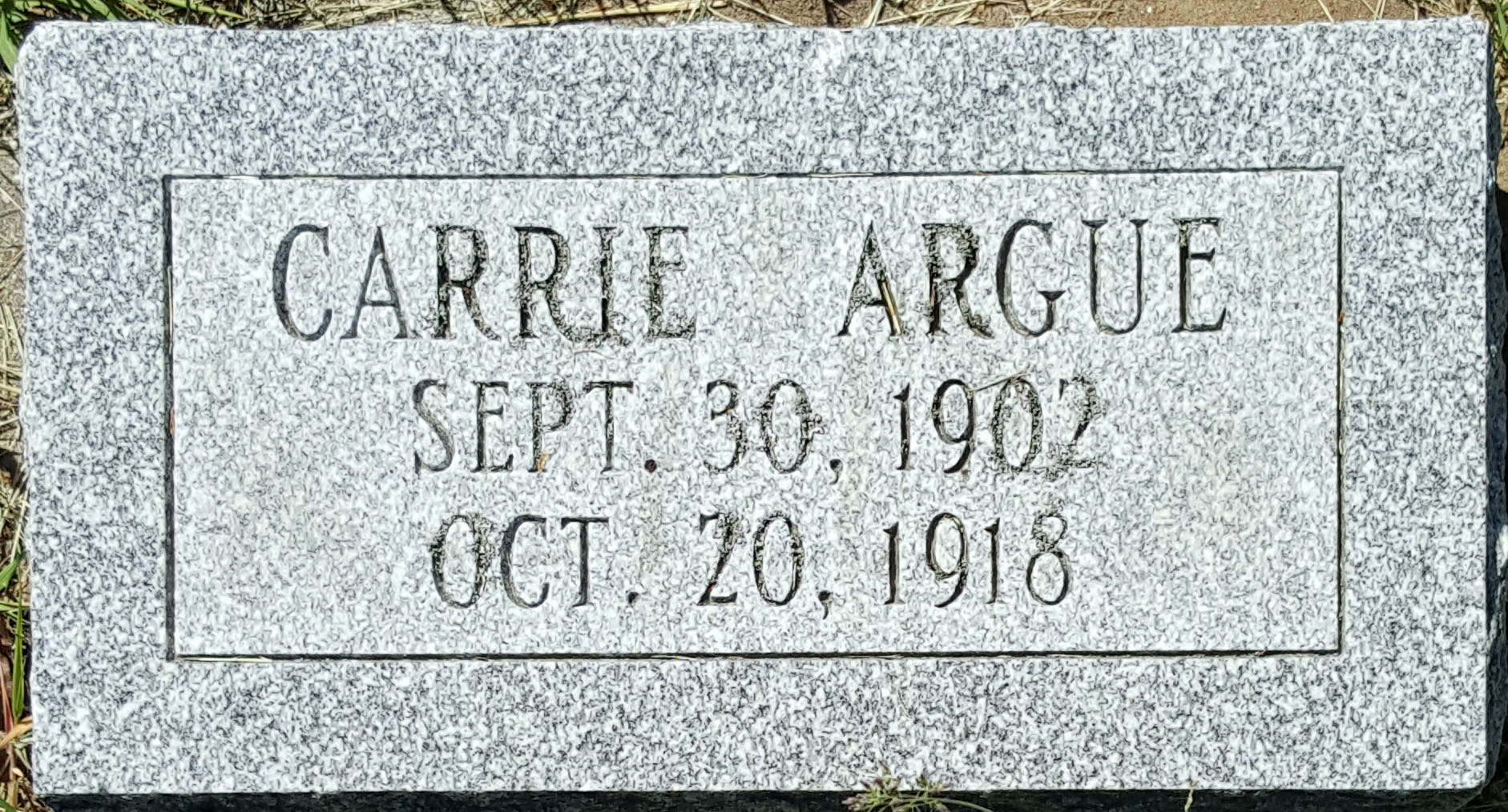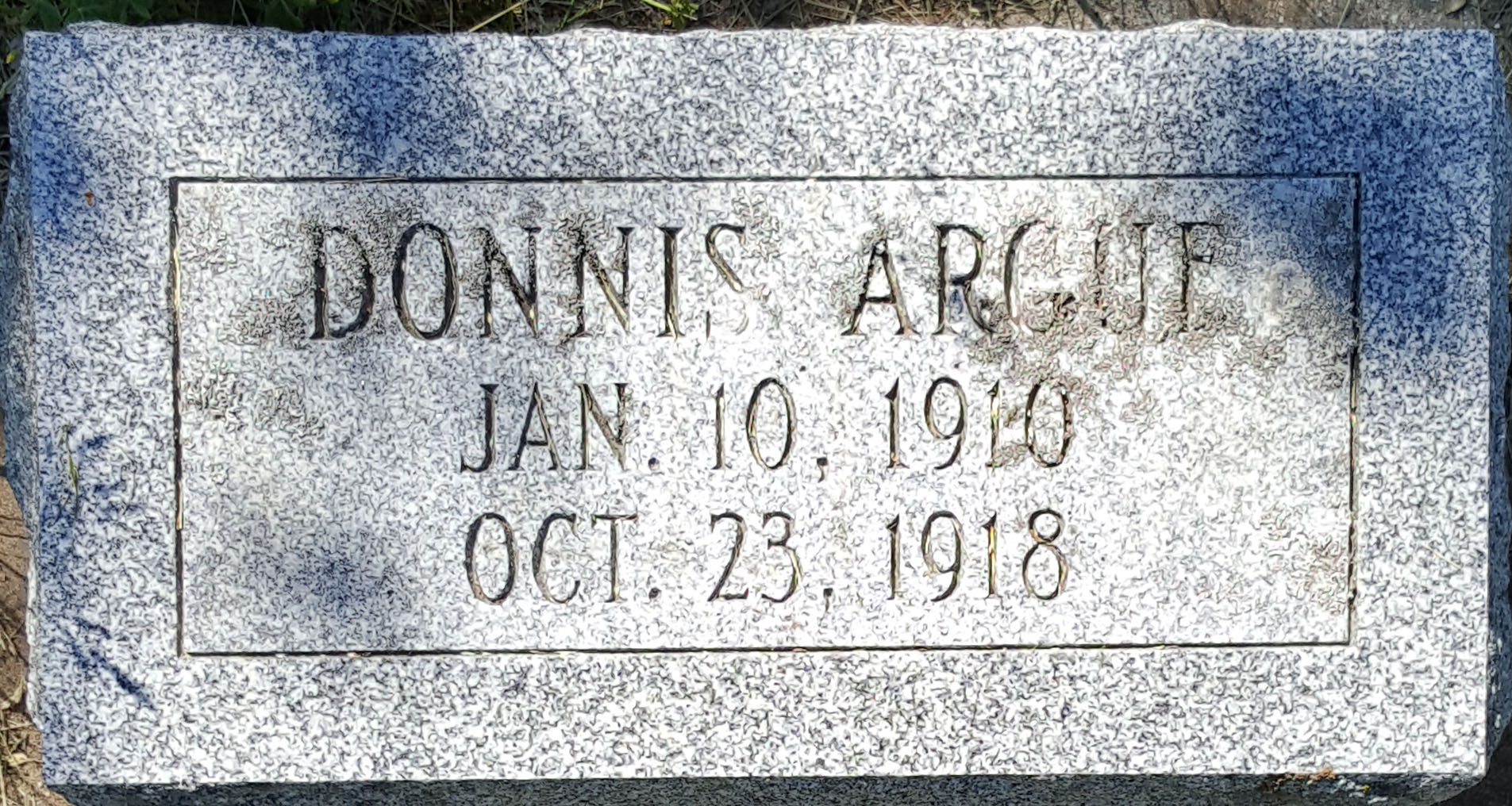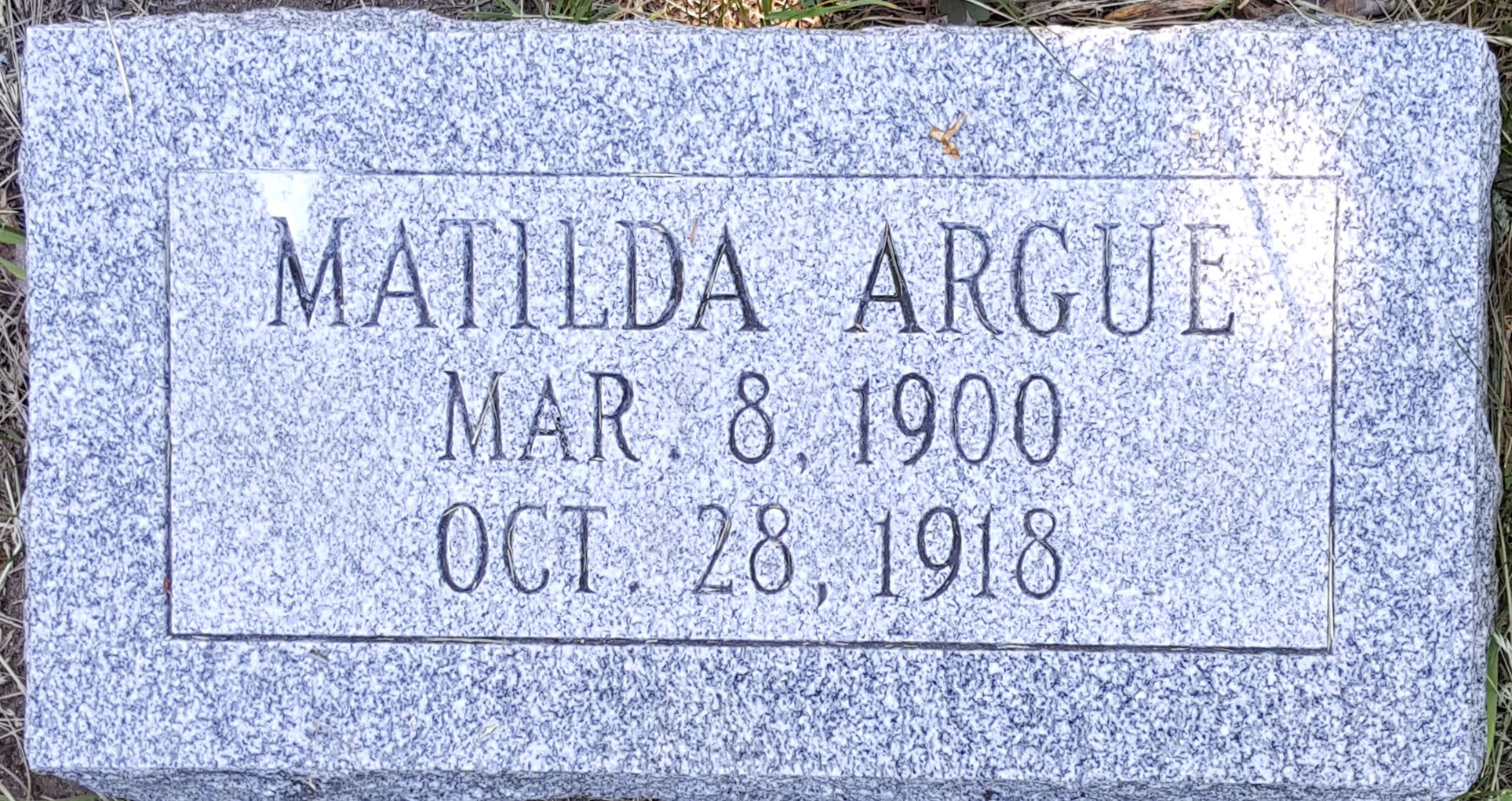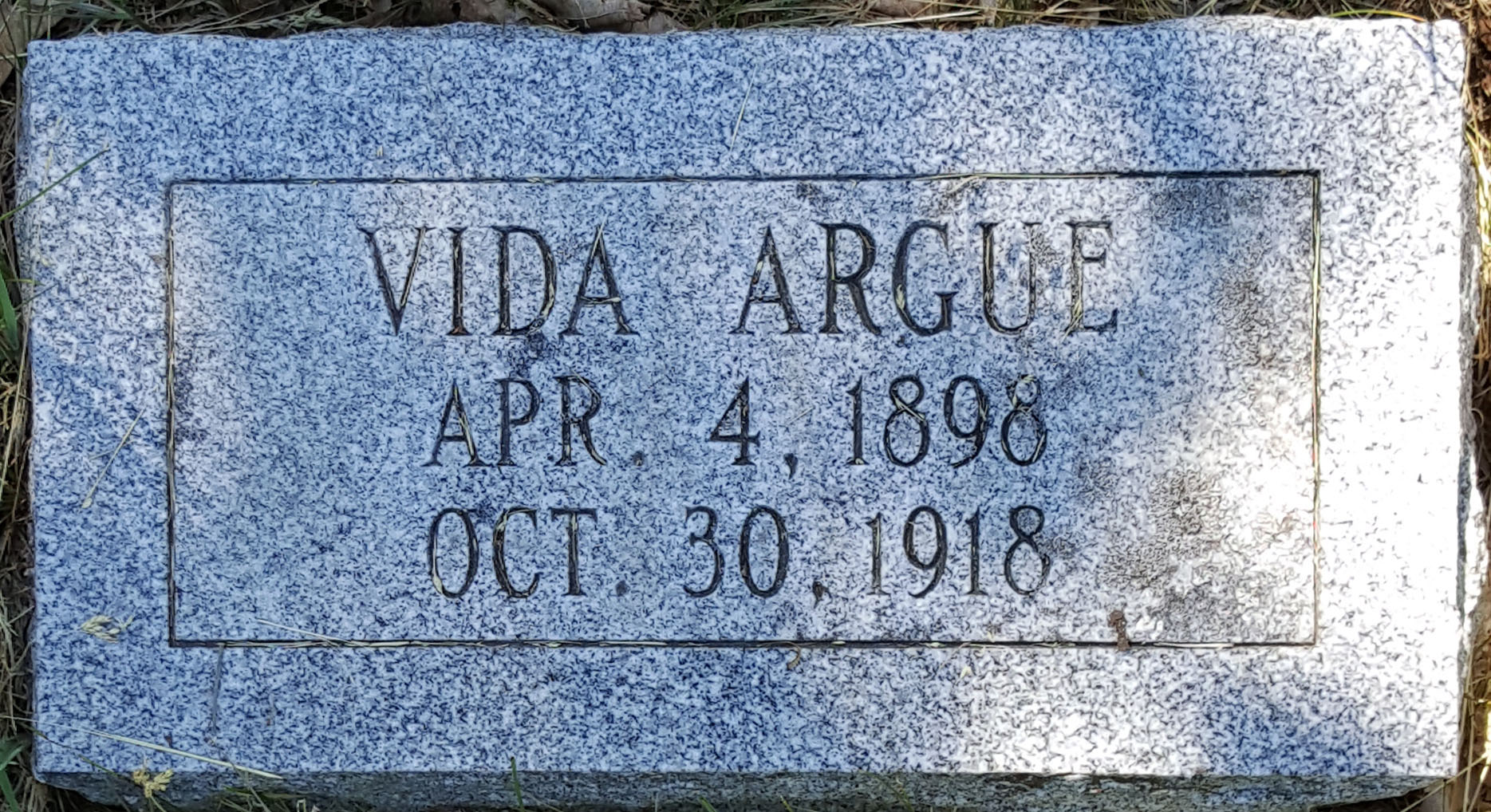|
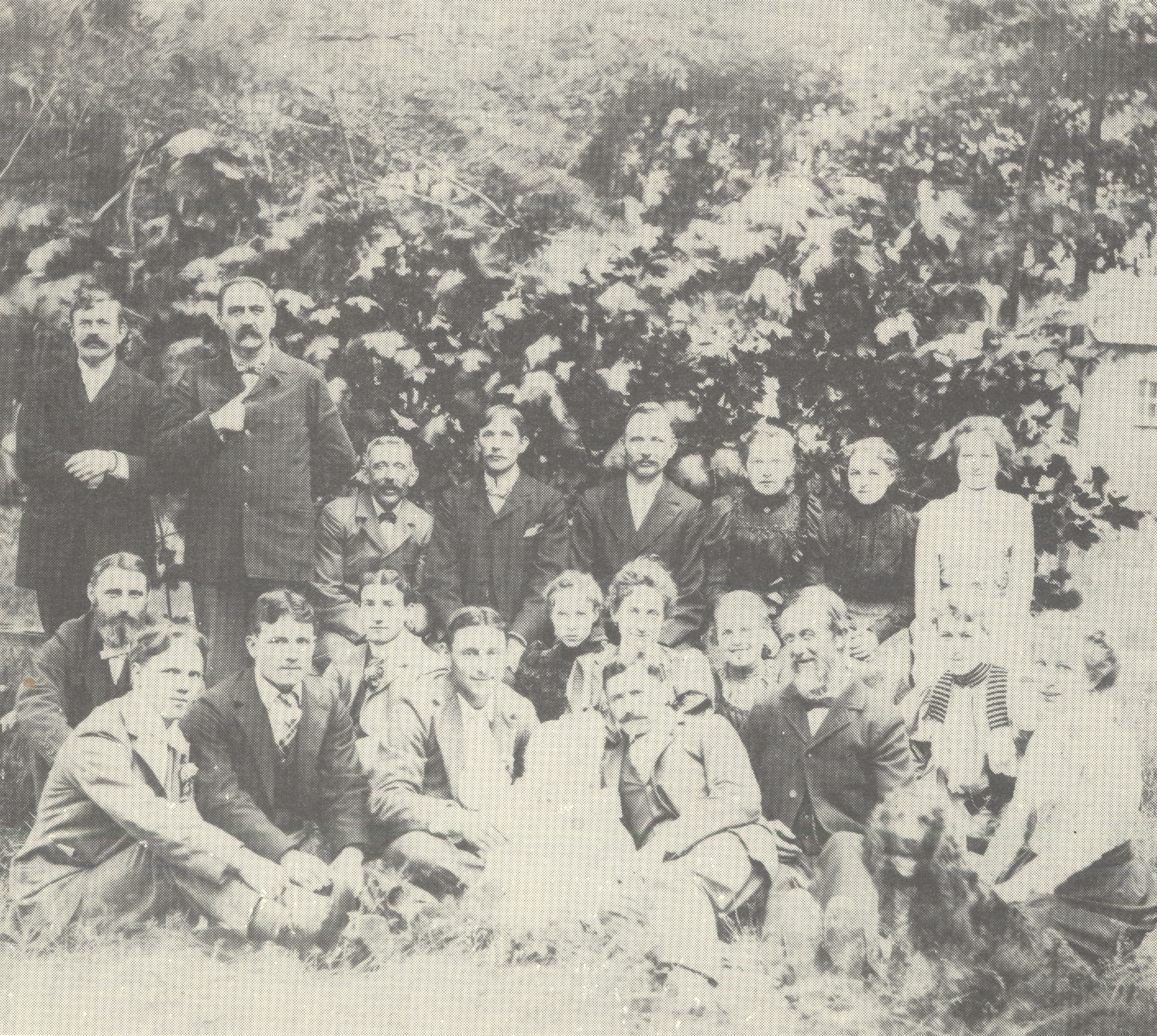
Henry Comes to America
Heinrich Friedrich Mauntler was born in northwest Germany on November 23, 1850. He was the seventh of nine siblings, at least five of whom died as young children.
On July 3, 1868, seventeen-year-old Henry Mauntler arrived in America. He left Bremen, Germany on a ship called the Republik bound for New York traveling with his aunt Maria Engel Mauntler Eggert, her husband, and their three younger children.
Henry Mauntler and the Eggert family went to Milwaukee, Wisconsin. The Eggerts eventually opened a furniture store there. We don’t know what Henry did in Milwaukee early on, but according to the 1880 US Census, Henry made a living as a liquor salesman, and we do know he was active in the church and sang in the choir.
On September 28, 1873, Henry married Maria Engel Behrens. While in Milwaukee, they had four children: Anna and Alfred, who died very young; Frieda; and Amanda. In 1881, Henry, wife Maria, Frieda, and Amanda moved to Arcadia, Michigan, where Henry started working for the Starke Land and Lumber Company. In Arcadia, the Mauntlers had two more children: Hulda and Ida.
Henry Helped Start the Lutheran Church
The German settlers who arrived in Arcadia were firmly resolved to form a Lutheran congregation, and on the December 25, 1881, the congregation was formally organized under the name "The evangelical Lutheran congregation of the Unaltered Augsburg Confession in the town of Arcadia, Manistee County, Michigan."
The church’s constitution was adopted and signed by the following members: Henry Starke, Henry Mauntler, Theodore Ebert, L. Worch, J. Gerndt, W. Vosz, H. Lindenschmidt, A. Joppi, E. Bohms, and F. Bohms. The first officers were President Henry Mauntler, Treasurer Theodore Ebert, Secretary H. Lindenschmidt, and Elders J. Gerndt and L. Worch.
|

Arcadia's German Lutheran Choir
In this photo, Henry Mauntler is standing in the back row second from the left with his right hand in his coat. He was active in the church and sang in choirs in Milwaukee, Arcadia, and probably Germany. Throughout his life, singing was Henry’s passion.
-- Arcadia 1880-1980 |
|
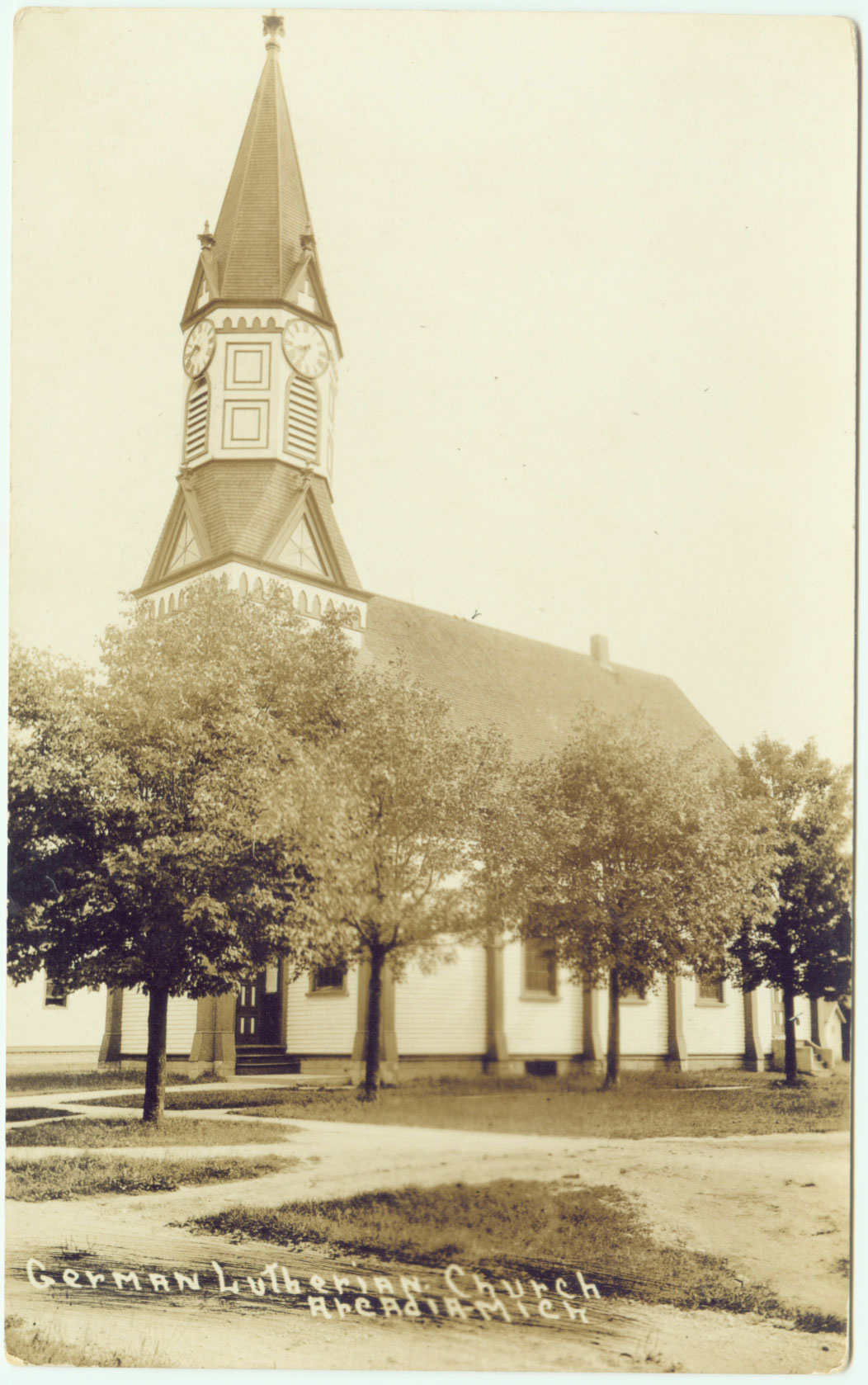
Initially this congregation had no pastor, so members of the congregation read prepared sermons and scripture lessons on Sunday mornings and special church festivals. Until 1888, services were conducted in various homes and buildings including the log cabin near the Starke home, the upper rooms of the Company Store, which Henry Mauntler managed, and the public school.
Henry Managed the Starke Stores
In the spring of 1866, Henry Starke made his first purchase of timber land, and by 1883 he owned a large sawmill and around 2,000 acres in northern Manistee county. In Arcadia he built a large, beautiful home on 1st Street and used the basement as a grocery store primarily for his workers. Henry Mauntler managed that store.
|

German Lutheran Church. Arcadia, Mich.
Construction began in 1886. The building was dedicated August 5, 1888. Architect: Frederick Velguth of Milwaukee, Wisconsin
– Arcadia Area Historical Society (AAHS) Collection |
|
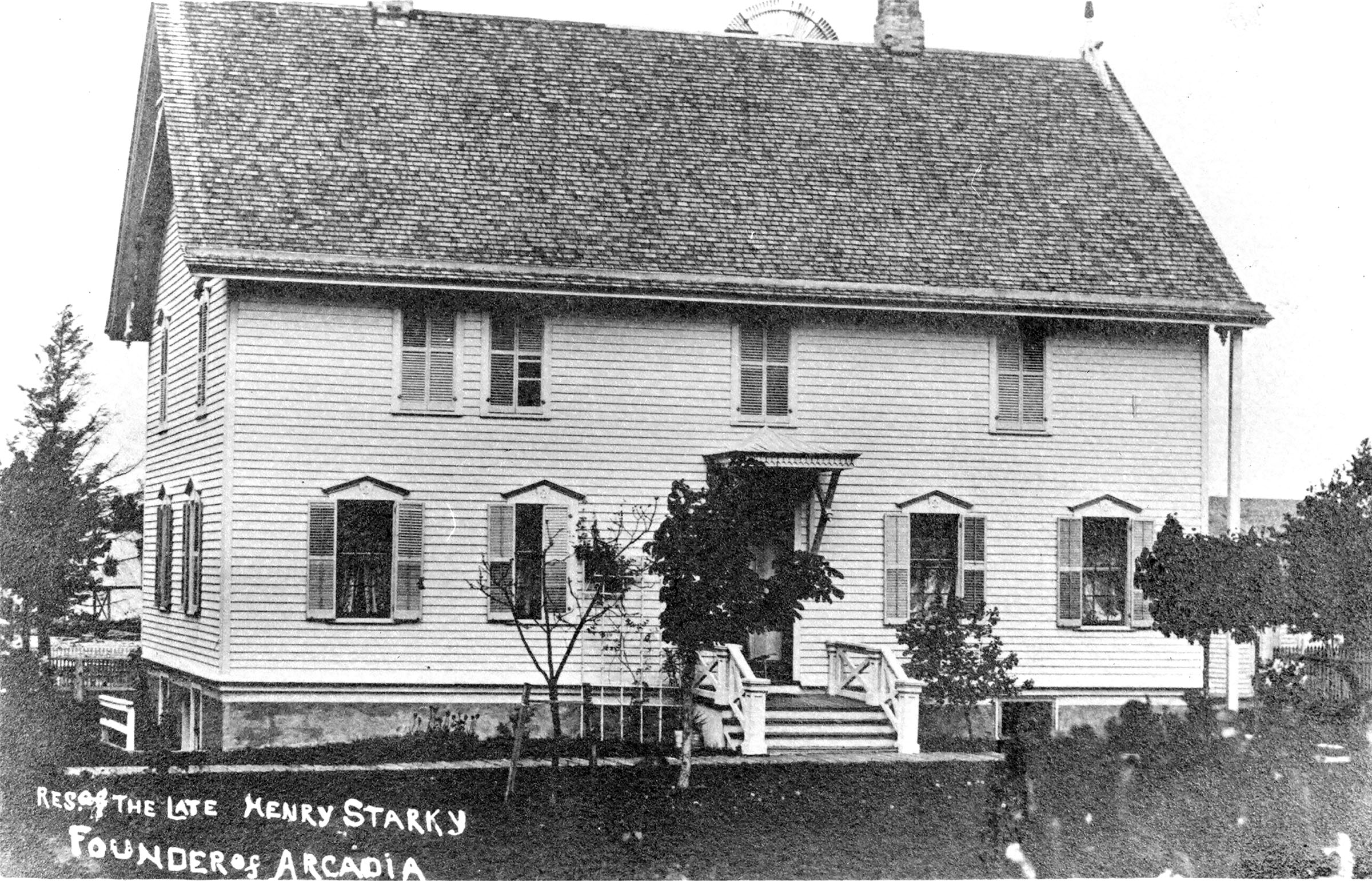
In 1893, Henry Starke incorporated the Henry Starke Land and Lumber Company. The original stockholders included Henry Starke, Maria Starke, Theodore Ebert, Charles Starke, Henry Mauntler, Adolph Hasse, and John Weldt.
Under Henry Mauntler’s management, Henry Starke’s basement store grew into a large general store at the west end of Lake Street. This Company Store as it was called handled merchandise from clothing, hardware, and building materials to produce and groceries. The 1887-1888 Gazetteer also lists Henry Mauntler as an insurance salesman. The store included the town’s post office and the express office for the Arcadia and Betsie River Railway.
|

Henry Starke’s home on First Street in Arcadia
On the lower left corner of the photo, note the stairway to the basement where the store was. Henry Mauntler managed this store.
– Arcadia 1880-1980
|
|
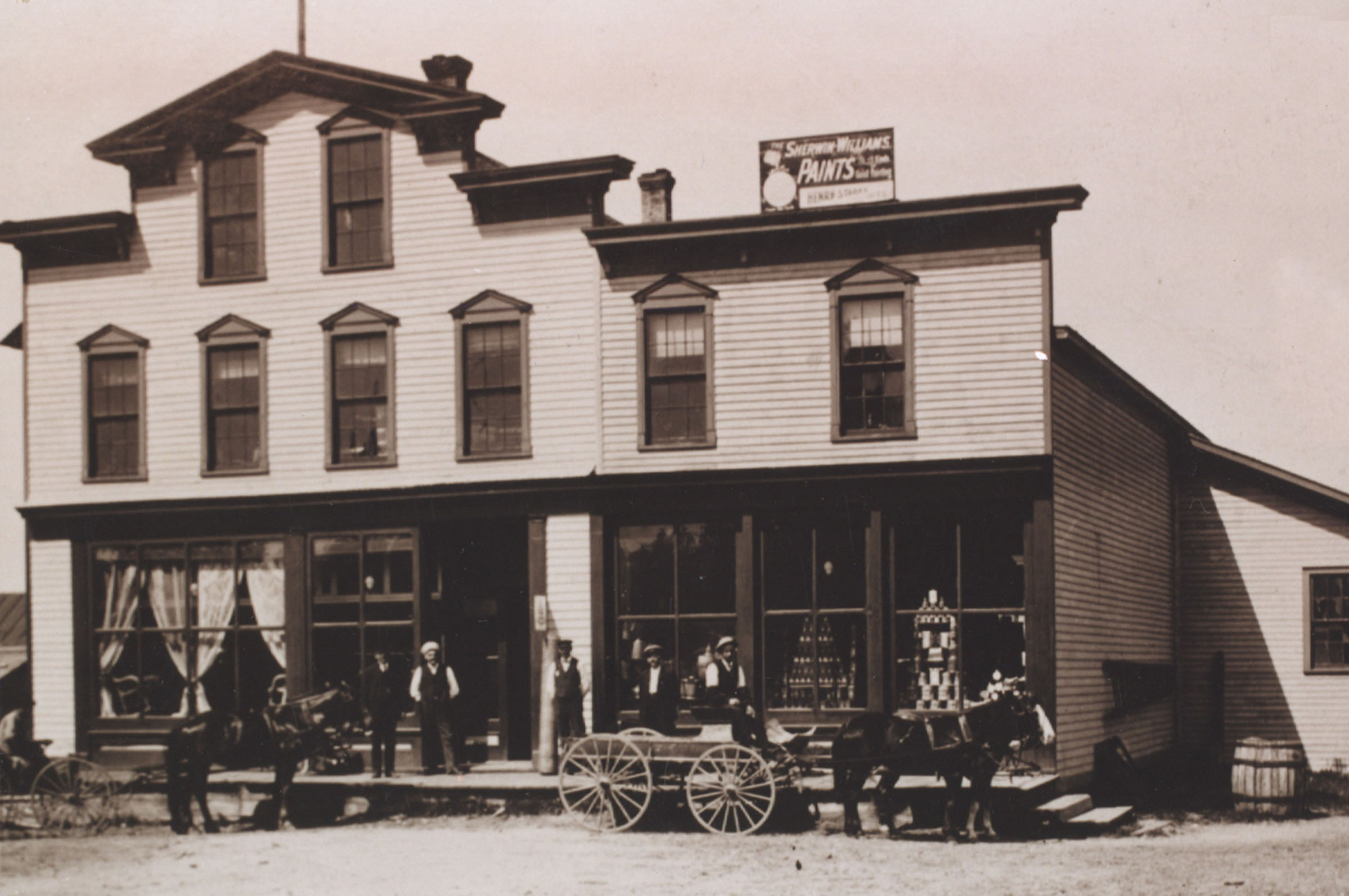
The Henry Mauntler & Company General Merchandise Store
In 1906, after the sawmill and basket factory burned, the Starke Land and Lumber Company began to sell their remaining assets. Henry Mauntler and Henry Behrens, Sr. bought the store. The store still included the post office, and Henry Mauntler became the official postmaster from December 26, 1906 to December 10, 1918, when he was replaced by William H. Ebert.
Henry Was on the Board of the Arcadia Furniture Company
In 1906, after the Starke Land & Lumber Co. sawmill burned, instead of selling all their assets, the board of the Starke Land & Lumber Company decided to go into the furniture business with the Fox & Mason Furniture Company. The Arcadia Furniture Company was born.
|

The Company Store
At the west end of Lake Street was the Company store. After 1906, the store became Henry Mauntler & Co, Dealers in General Merchandise.
– AAHS Collection
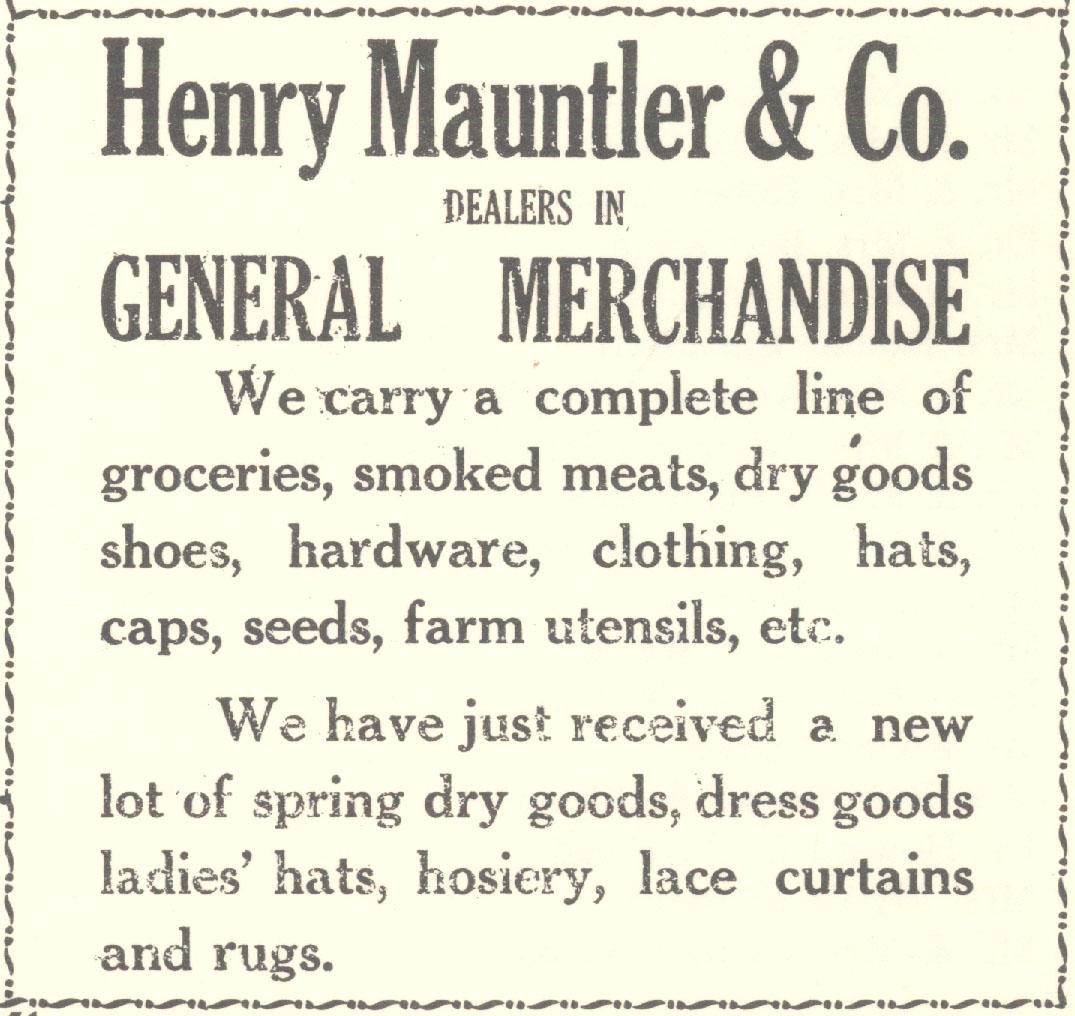 Ad for Henry Mauntler’s store Ad for Henry Mauntler’s store
– Arcadia 1880-1980
|
|
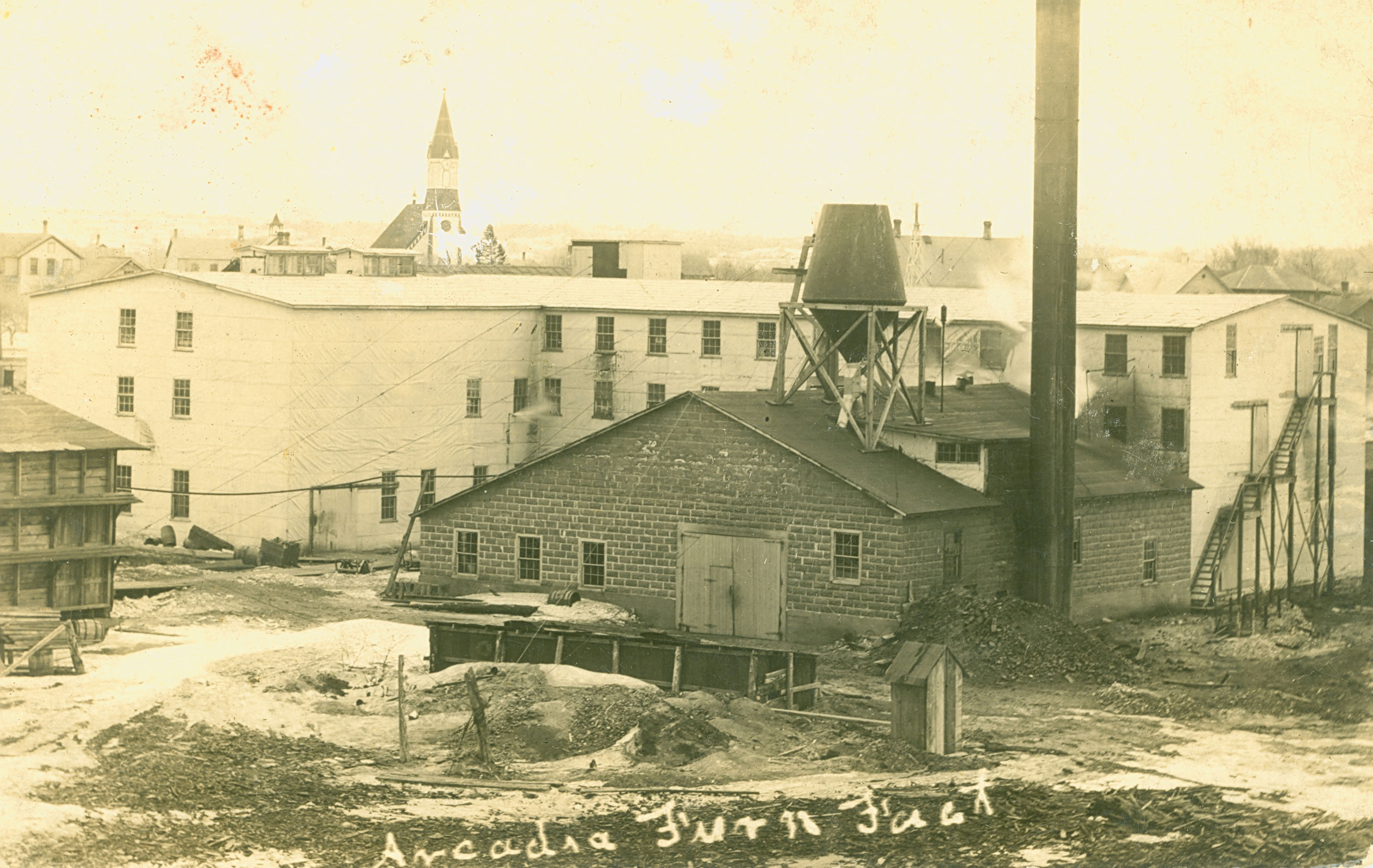
The 1908 catalog listed the officers and directors of the new company. Henry Mauntler was President, although his name was misspelled “Mountler”.
Henry Was on the Arcadia School Board
In 1909, the Arcadia school board consisted of Dean Hull, Henry Mauntler, and Luther L. Finch. According to Arcadia the Beautiful: Diamond Jubilee: 1880-1955, “Much credit is due these men for their foresight in looking forward to the needs of the community.”
The Arcadia school district had four country schools. When the population in Burnham declined, the Burnham school was moved to 4th and Division in Arcadia next to the Arcadia school, and together they became known as the Twin Schools. With increasing enrollment and the need for higher education, the board decided to build a school that would support grades 1-12. So, in 1910, the school board arranged to move the Twin Schools and begin construction of the Arcadia High School.
|

The Factory for the Arcadia Furniture Company
This is a view east from the back of the factory. Note the Lutheran Church in the background.
– AAHS Collection
|
|
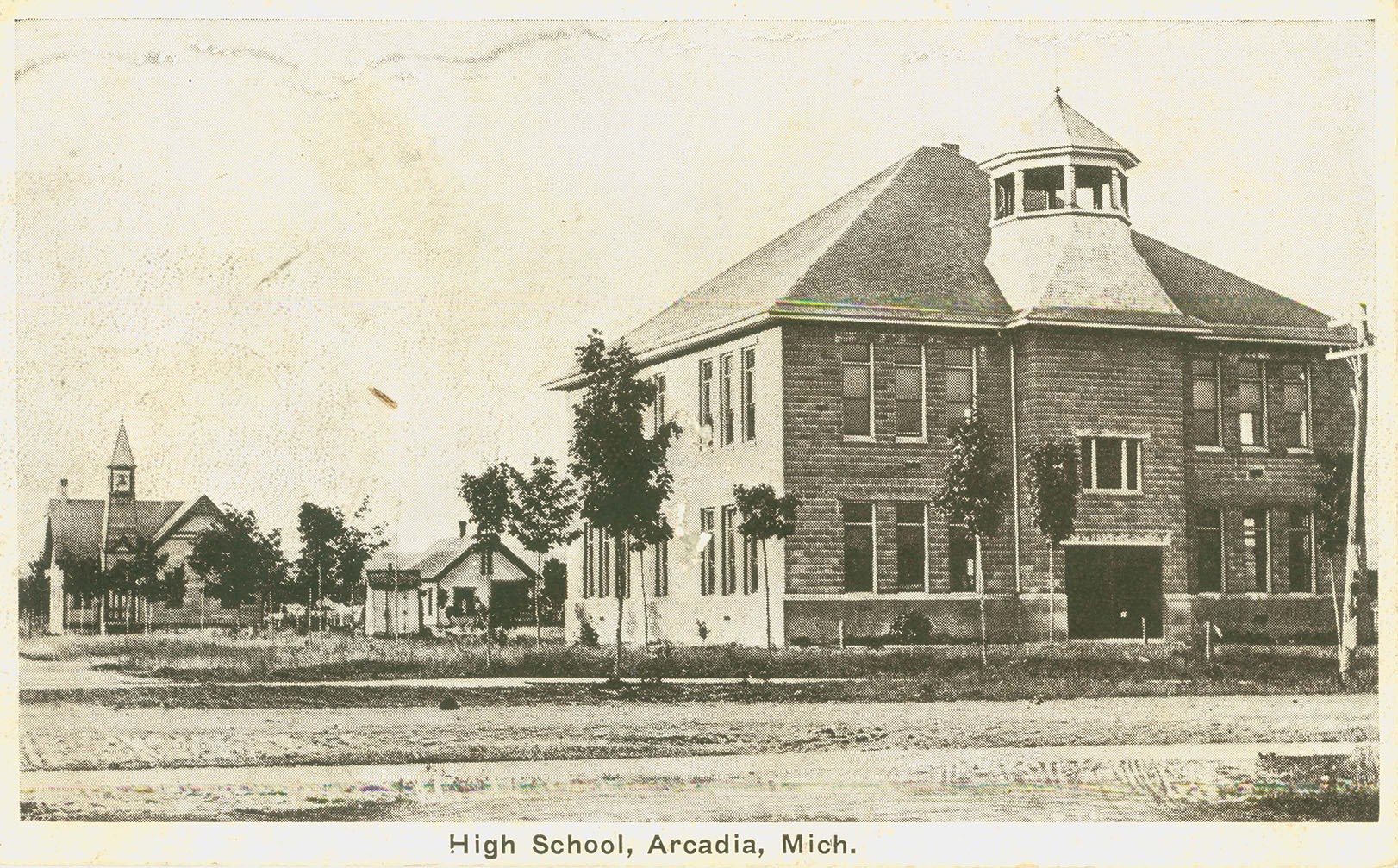
Henry’s Later Years
According to the 1910 US Census, Henry was a naturalized citizen who could speak, read, and write English. Earlier census forms we found did not capture this information, so we don’t know when he became a citizen officially.
Late in his life Henry Mauntler became the president of the Arcadia State Savings bank. Harvey Grund, known to many as the manager of the Grund sawmill, was his clerk and would become president after Henry’s death.
|

The Arcadia High School at 4th and Division
Henry Mauntler was a member of the school board when this school was built and Arcadia could support grades 1-12.
– AAHS Collection
|

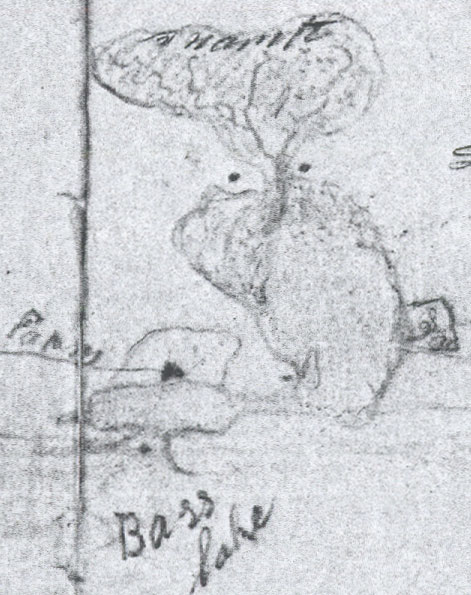 Sam Gilbert's Arcadia Sketch
Sam Gilbert's Arcadia Sketch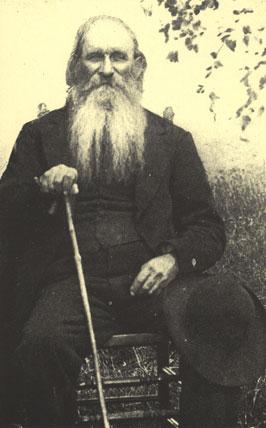
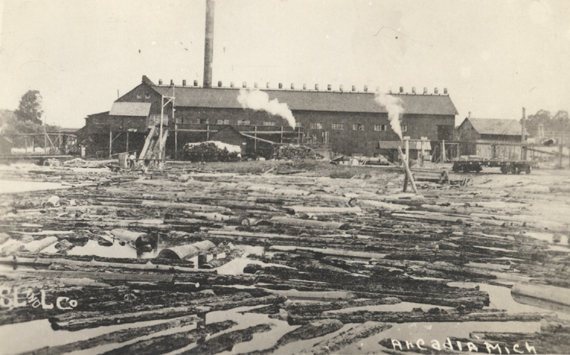

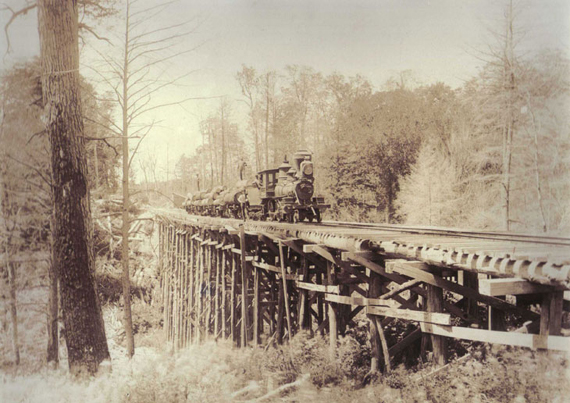
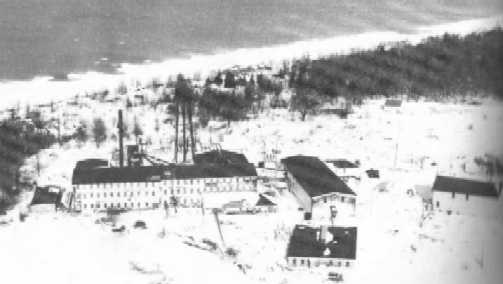

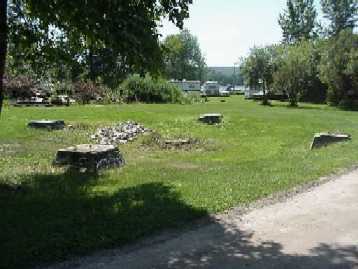 Water Tower Supports
Water Tower Supports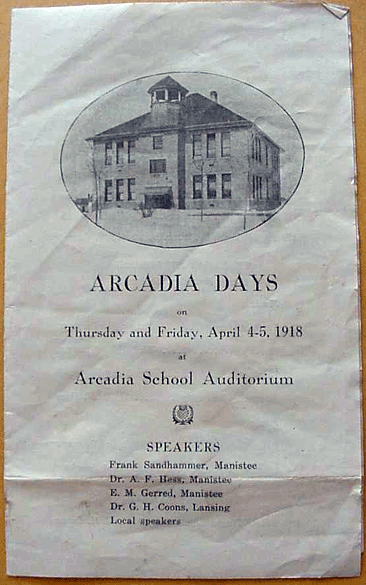
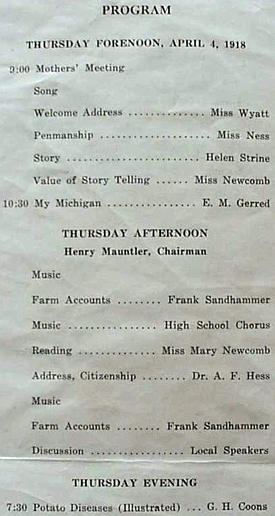
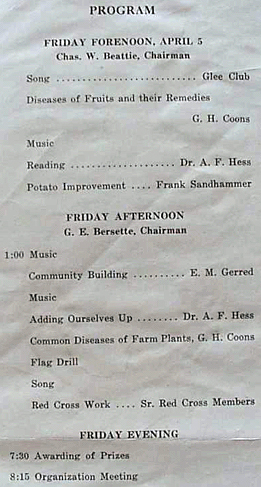
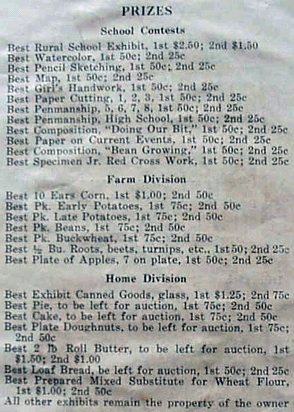




 Ad for Henry Mauntler’s store
Ad for Henry Mauntler’s store 

